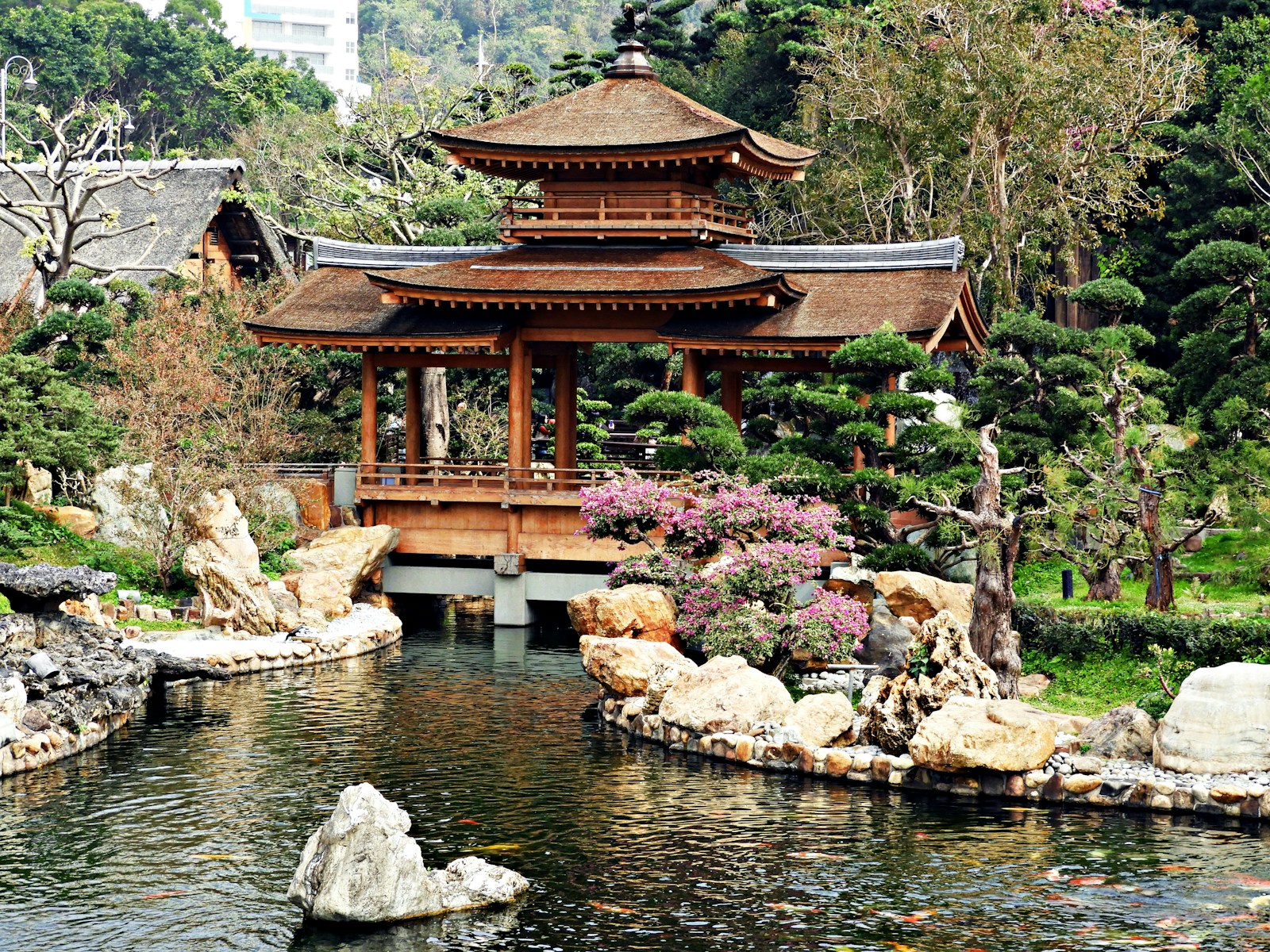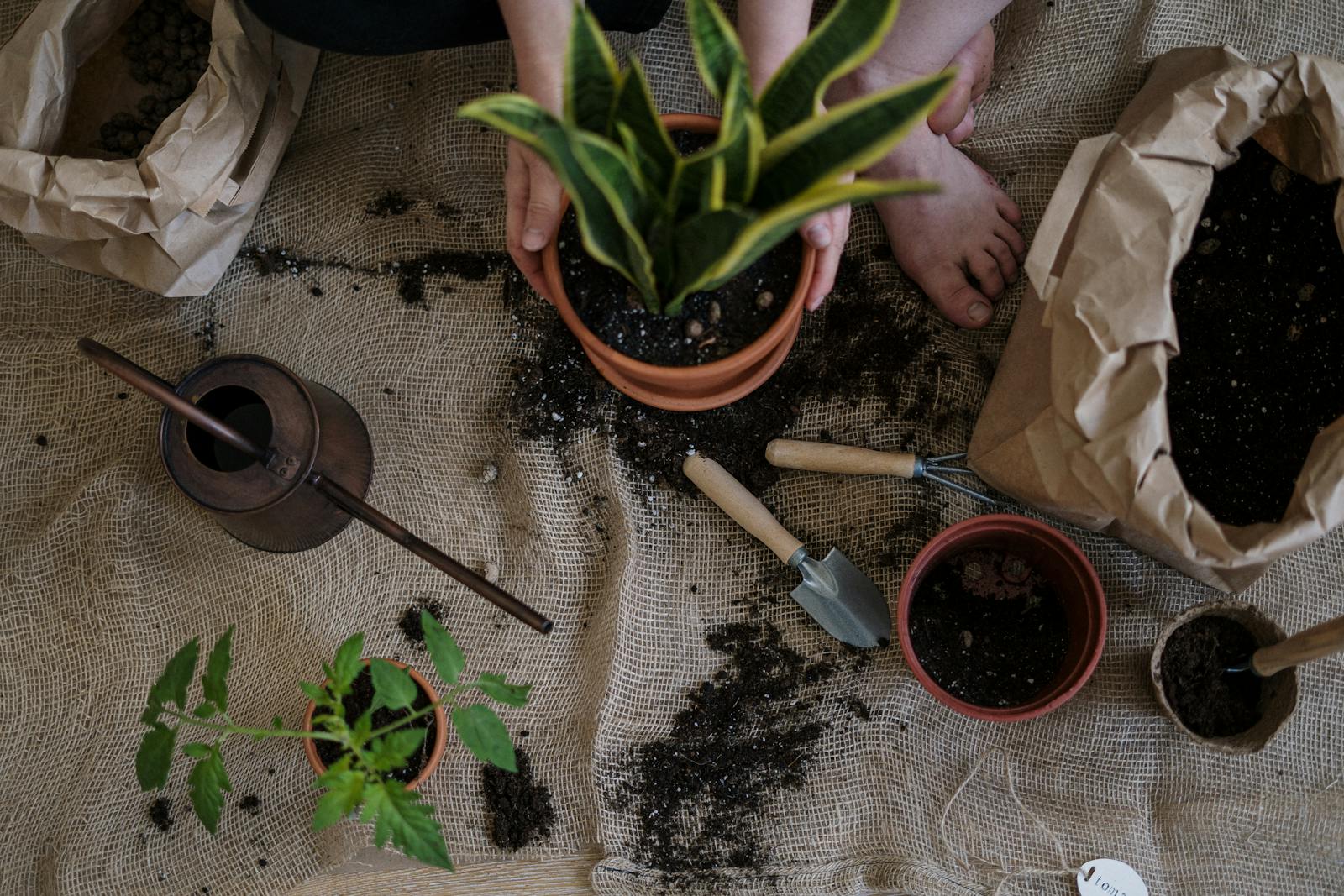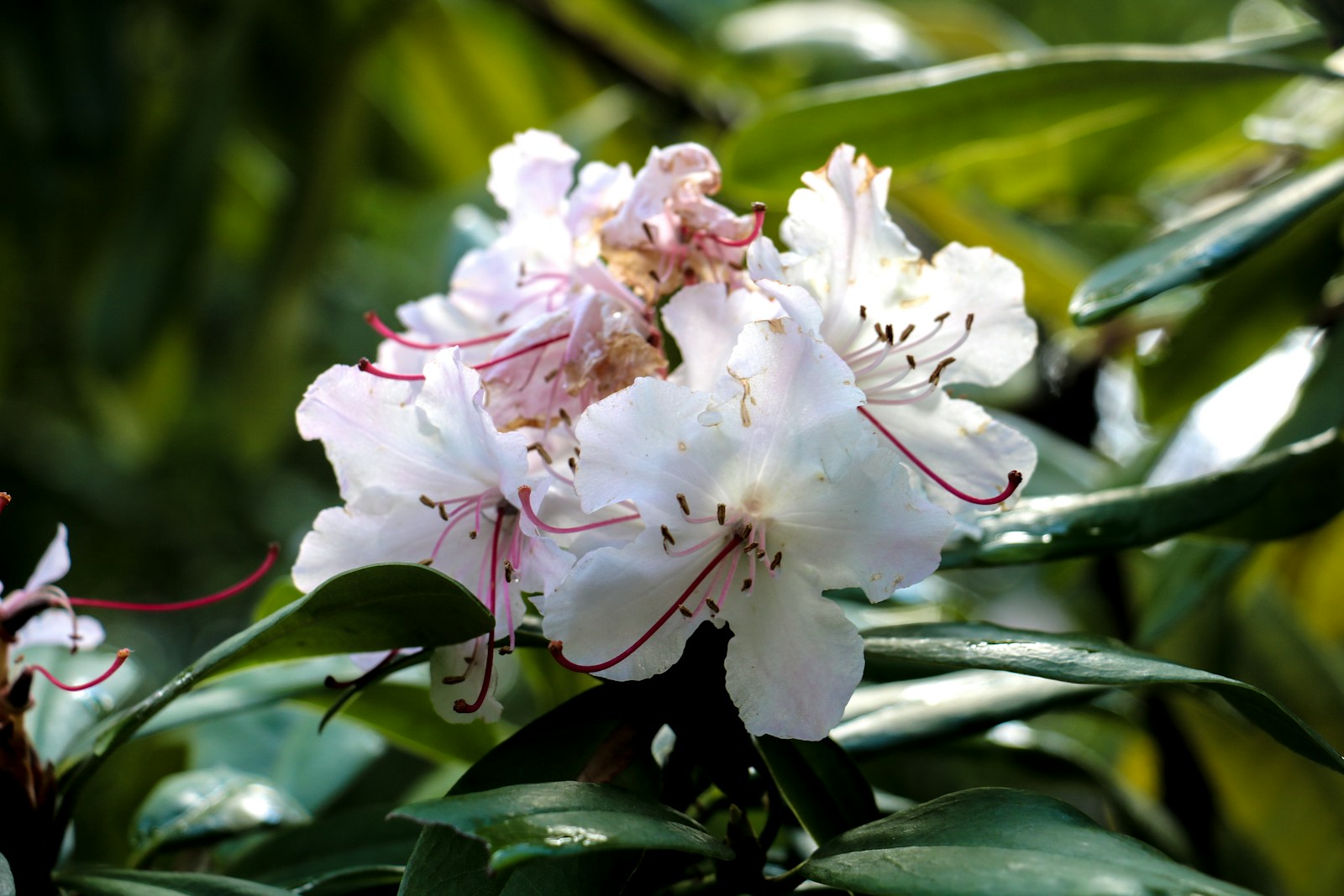Cultural Gardening Traditions from Around the Globe
Japanese Zen Gardens: A Meditation on Simplicity
Among the most revered gardening traditions, Japanese Zen gardens reflect a philosophy of harmony, contemplation, and minimalism. Also known as “karesansui,” or dry landscape gardens, these spaces feature raked gravel, moss, rocks, and sparse plantings arranged with intention and precision.
Zen gardens are designed for viewing rather than walking, encouraging meditation and mindfulness. Patterns in the gravel mimic rippling water, while stones symbolize islands or mountains. These peaceful sanctuaries have influenced global landscaping with their disciplined elegance, making them a staple of cultural garden design and spiritual practice.
English Cottage Gardens: A Riot of Color and Informality
Originating in rural England, the cottage garden represents a gardening tradition grounded in functionality and charm. These informal gardens are packed with a mix of ornamental and edible plants—roses, hollyhocks, lavender, herbs, and vegetables—all grown side by side in colorful abundance.
The design is relaxed and whimsical, often spilling over stone paths and garden gates. This tradition emphasizes self-sufficiency, beauty, and a connection to nature. Cottage gardens continue to inspire contemporary garden design with their romantic aesthetic and low-maintenance approach to planting.
Mexican Milpa System: A Sustainable Ancient Method
The milpa system is an ancient Mesoamerican form of polyculture gardening still used in rural Mexico. Rooted in Indigenous traditions, it typically combines maize (corn), beans, and squash—known as the “Three Sisters”—planted together to create a balanced, sustainable ecosystem.
Each plant plays a role: corn provides support, beans fix nitrogen in the soil, and squash shades the ground to prevent weed growth. This synergistic method promotes soil health, maximizes space, and embodies a deep respect for nature’s interconnectivity. The milpa remains a symbol of traditional ecological knowledge and food sovereignty.
Moroccan Courtyard Gardens: Tranquility Behind Walls
Moroccan courtyard gardens, known as “riads,” are designed as private oases enclosed by walls. Rooted in Islamic and Andalusian gardening traditions, these spaces often feature geometric tilework, shaded walkways, fountains, and aromatic plants like jasmine, citrus, and mint.
Centered around a water source, the riad garden symbolizes paradise, offering cool relief from the desert heat. It provides privacy, beauty, and a sensory retreat for family and guests. This inward-facing garden concept reflects both practical climate adaptation and spiritual symbolism in Moroccan culture.
Hügelkultur from Central Europe: Raised Beds with Depth
Hügelkultur, meaning “mound culture” in German, is a centuries-old gardening technique popular in Central Europe. This method involves layering wood, compost, and soil into raised mounds to create fertile, self-sustaining garden beds. As the wood decays, it retains moisture and releases nutrients, reducing the need for irrigation and fertilizers.
Hügelkultur exemplifies sustainable design, transforming garden waste into productive landscapes. Ideal for permaculture gardens, it supports biodiversity and year-round productivity. This method’s efficiency and minimal upkeep make it a standout among global gardening traditions rooted in resourcefulness and ecological awareness.
Chinese Scholar Gardens: Philosophy in Plant Form
Chinese scholar gardens are deeply rooted in Daoist and Confucian ideals, designed as spaces for reflection, art, and intellectual pursuit. These gardens blend natural elements like rocks, water, plants, and architecture to represent miniature landscapes filled with symbolic meaning.
Unlike the symmetry of Western styles, scholar gardens embrace asymmetry and spontaneity, with winding paths, hidden views, and poetic inscriptions. Bamboo, plum trees, lotus, and pine are commonly used, each representing virtues like resilience or longevity. These refined spaces illustrate how gardening traditions can encapsulate entire worldviews through thoughtful design.
Italian Renaissance Gardens: Harmony Through Geometry
Italian Renaissance gardens emerged during the 15th century as expressions of wealth, power, and classical ideals. These highly structured spaces feature geometric layouts, symmetry, water features, and carefully clipped hedges. Terraces, statues, and panoramic views emphasize human control over nature.
Influenced by Roman architecture and philosophy, these gardens were outdoor extensions of noble villas, designed for entertainment and reflection. Cypress trees, rosemary, and fragrant herbs filled raised beds and parterres. This formal tradition still influences modern landscape architecture with its balance, order, and classical beauty.
Indian Aesthetic Gardens: Spiritual and Sensory Experiences
Gardening in India intertwines with spirituality, mythology, and climate. Mughal gardens, in particular, showcase Persian influences through symmetry, water channels (called chahar bagh), and lush plantings. These gardens are designed to reflect paradise on Earth, with walkways dividing space into quadrants.
Lotus flowers, jasmine, neem, and mango trees are common, valued for their fragrance and symbolism. Temple gardens often feature sacred plants used in rituals, such as tulsi and sandalwood. Indian gardening traditions combine the practical, devotional, and artistic into sensory-rich outdoor sanctuaries.
Scandinavian Forest Gardens: Edible and Ecological
Forest gardening in Scandinavia draws from Indigenous Sami knowledge and modern permaculture principles. These multi-layered systems mimic woodland ecosystems, combining fruit trees, berry bushes, medicinal herbs, and groundcovers in a sustainable polyculture.
Designed to thrive with minimal intervention, forest gardens promote biodiversity, soil health, and climate resilience. They’re especially suited to cooler climates and short growing seasons. This practical yet beautiful tradition blends food security with environmental stewardship—a model gaining popularity worldwide for its low-maintenance and ecologically sound approach.
Peruvian Terraced Farming: Mastery of Mountain Gardening
The Inca civilization mastered terraced agriculture, turning steep Andean slopes into productive farmland. These terraces—called “andenes”—were engineering marvels that reduced erosion, conserved water, and enabled cultivation at various altitudes.
Still in use today, this system showcases advanced ecological knowledge and adaptation. Crops like potatoes, quinoa, and maize flourish in these ancient structures, supported by integrated irrigation and microclimate management. Peruvian terracing remains one of the most iconic gardening traditions, proving how ancient techniques can meet modern sustainability goals.
French Potager Gardens: Beauty Meets Utility
The French potager is a traditional kitchen garden that harmoniously blends ornamental and edible plants. Unlike purely functional vegetable plots, potagers are designed for both productivity and visual appeal. Geometric layouts, interplanted flowers, herbs, and vegetables create structured yet vibrant displays.
This tradition values the aesthetic of the garden as much as its harvest. Lettuce, leeks, thyme, and marigolds may share space in well-tended beds. The potager reflects French sensibilities toward beauty, order, and cuisine—demonstrating that gardening traditions can elevate everyday growing into an art form.
Australian Bush Gardens: Honoring Native Ecology
Australian bush gardens celebrate the continent’s unique flora and Indigenous land practices. Native plants like eucalyptus, wattles, grevilleas, and kangaroo paw are chosen for their resilience, beauty, and support of local wildlife. These gardens often include naturalistic layouts, emphasizing harmony with the environment.
Aboriginal knowledge guides plant selection and care, focusing on sustainability and cultural significance. Bush gardens require minimal watering and thrive without chemical inputs. They embody gardening traditions that are deeply connected to place, history, and ecological balance.
Balinese Temple Gardens: Sacred Green Spaces
In Bali, gardening traditions are inseparable from religion and community. Temple gardens are spiritual sanctuaries filled with symbolic plants, flowing water, and carefully maintained foliage. Tropical species like frangipani, hibiscus, and bamboo create serene, fragrant environments that complement sacred rituals.
Designs often follow sacred geometries and reflect the Balinese philosophy of harmony between humans, nature, and the divine (Tri Hita Karana). These gardens are not only beautiful—they’re living expressions of devotion and balance, central to daily life and spiritual well-being.
Iranian Paradise Gardens: Ancestral Influences on Design
Persian—or Iranian—gardens have influenced gardening traditions across the globe. These “paradise gardens” are typically enclosed and divided by water channels and pathways, forming four quadrants (charbagh). Water, a symbol of life, is a central feature, surrounded by lush, symmetrical plantings.
Pomegranates, cypress trees, and fragrant flowers dominate the scene, creating a multisensory haven. These gardens are a blend of art, architecture, and nature, meant for contemplation, socializing, and escape from heat. Their enduring elegance continues to inspire Islamic and Western garden styles alike.
Hawaiian Ahupuaʻa Systems: Ecological Stewardship
The ahupuaʻa was an Indigenous Hawaiian land division system that extended from mountain to sea, integrating agriculture, forestry, and aquaculture. Gardening was central to this sustainable practice, with taro, sweet potatoes, breadfruit, and medicinal plants cultivated in harmony with the land’s natural flow.
This tradition reflects deep environmental wisdom, emphasizing balance, reciprocity, and careful management. Restored ahupuaʻa sites showcase how traditional gardening can address modern ecological challenges. These ancestral techniques remain vital to Hawaii’s cultural identity and ecological resilience.
Frequently Asked Questions
What are gardening traditions and why do they matter?
Gardening traditions are culturally rooted practices passed down through generations that reflect a region’s climate, values, spirituality, and food systems. These traditions matter because they preserve biodiversity, promote sustainable techniques, and connect people to their heritage. Whether it’s the Zen calm of a Japanese garden or the ecological genius of an Incan terrace, each tradition offers unique insights. Learning from global gardening traditions helps modern gardeners adopt time-tested methods while honoring the cultural origins of these green spaces. They enrich our understanding of horticulture, sustainability, and the relationship between humans and nature.
How do different cultures use plants symbolically in their gardens?
In many gardening traditions, plants are chosen not just for aesthetics or utility, but for their symbolic meanings. For instance, lotus flowers in Indian and East Asian gardens symbolize purity and enlightenment. In Moroccan riads, citrus trees represent paradise. Japanese gardens use pine and bamboo as symbols of resilience and longevity. Indigenous North American gardens often include the “Three Sisters” (corn, beans, and squash), reflecting balance and community. These symbolic uses deepen the garden’s purpose, turning it into a space for reflection, ceremony, and storytelling across diverse cultures.
Can I integrate global gardening traditions into my own garden?
Yes, integrating global gardening traditions into your own space is both achievable and enriching. Start by learning about the plants, designs, and philosophies behind the traditions that inspire you. For example, you might create a Zen meditation corner, incorporate a Three Sisters planting bed, or design a French potager with interplanted herbs and vegetables. Focus on adapting elements to your local climate and conditions. By blending cultural inspiration with your garden’s unique needs, you create a space that’s both personal and globally informed—celebrating heritage while supporting sustainability and biodiversity.
Which gardening traditions are most sustainable?
Many gardening traditions emphasize sustainability through biodiversity, water conservation, and natural fertilization. Examples include the milpa system in Mexico, which uses companion planting for soil health; Scandinavian forest gardens, which mimic ecosystems; and hügelkultur beds that recycle organic material for moisture retention. The Hawaiian ahupuaʻa integrates land and water management holistically, while the Incan terraces reduce erosion and maximize yield. These approaches are rooted in deep environmental knowledge and offer models for modern, eco-conscious gardening. Adopting their principles can reduce chemical use, increase resilience, and support regenerative growing practices.
How have ancient gardening techniques influenced modern practices?
Ancient gardening techniques continue to shape modern horticulture through permaculture, companion planting, and water-wise design. Raised beds from Europe, drip irrigation inspired by Middle Eastern systems, and the companion strategies of Indigenous agriculture have been refined for today’s needs. Formal gardens, such as those from Renaissance Italy or Persia, influence urban landscaping and public parks. These time-honored methods demonstrate that sustainability and beauty can coexist. By understanding gardening traditions, we preserve cultural heritage and apply lessons that remain relevant in addressing contemporary environmental and food system challenges.
© 2025 GardeningandDecor.com. All rights reserved.



